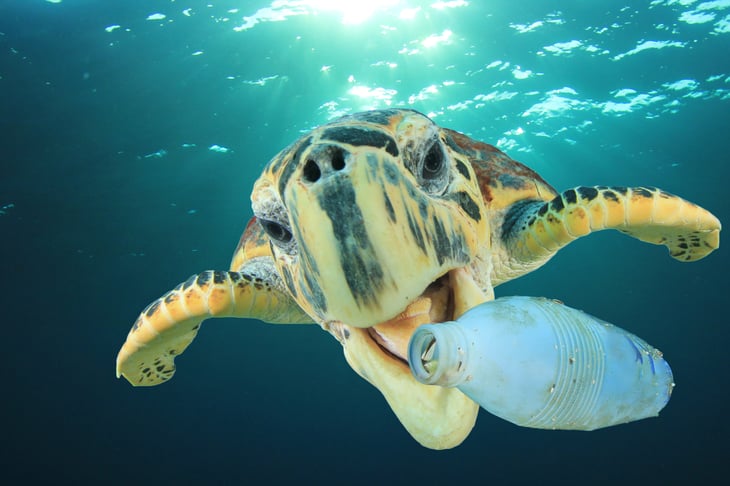
Maybe you don’t care about the estimated 9 billion tons of litter in the world’s oceans each year. Or the number of animals — including 100 million marine mammals — that die as a result of an encounter with plastic waste.
Yet you likely do care that you and your families are eating toxins as a result of plastic waste.
“Ocean plastic pollution also concentrates toxins in the water, which find their way into marine food webs,” wrote Julie Packard, executive director and co-founder of the Monterey (California) Bay Aquarium in a letter to The New York Times. “With more than one billion people depending on protein from the ocean, what are the human health implications?”
It doesn’t take a degree in microbiology to know that the implications cannot be good. But here’s the good news: It also doesn’t take a lot of effort to reduce your part in the plastic waste.
Here are nine ways to cut down on plastic and save yourself a little cash at the same time:
1. Stop using single-use plastic bags
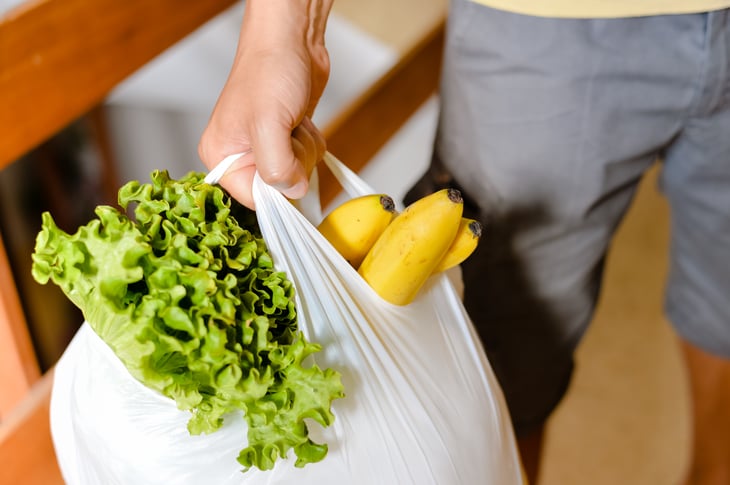
Avoiding plastic bags seems like a no-brainer — and in some cities and states they are banned so it’s easy to remember to bring a reusable bag. But elsewhere, retailers from big box stores to farmers’ markets offer them, so they tend to pile up.
U.S. grocers opted for plastic bags in 1979 as a way to reduce costs, according to a report in The Atlantic. At that time 1,000 plastic bags cost grocers $24 compared with the $30 price tag for the same number of paper bags. Only in the last decade or so have policymakers started to focus on the problem of plastic accumulation.
Some countries, a number of U.S. cities and the state of California have banned single-use plastic bags while others are phasing them out or imposing fees on them. But there’s no reason to wait. Reuse the plastic bags that have built up in your pantry until they wear out, and then transition to reusable ones.
2. Forego straws
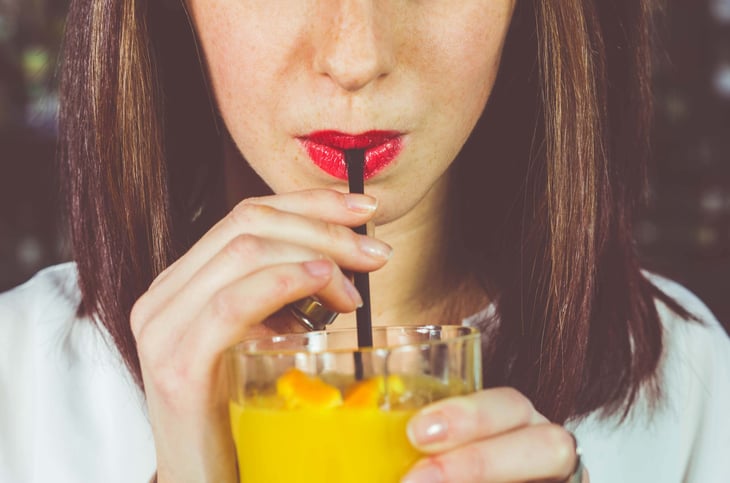
Americans use some 500 million plastic straws every day, according to National Geographic:
“And although straws amount to a tiny fraction of ocean plastic, their size makes them one of the most insidious polluters because they entangle marine animals and are consumed by fish.
A viral 2015 video showed people coming to the aid of a sea turtle with a straw stuck in its nose.
The truth is, plastic straws are really not essential in most situations. Save the expense when you’re shopping for your picnic, and skip the straw when you order a drink elsewhere.
3. Think twice about beauty products

Many people love the refreshing feel of those little beads that are used in facial scrubs, body washes and other personal products feel so refreshing. But the tiny plastic beads are often not removed from water that goes through treatment plants, reported The Natural Resources Defense Council. And ocean dwellers, mistaking the microbeads for food, ingest them. Look for products with natural ingredients like oatmeal or salt instead, or make your own.
4. Ditch the K-Cup
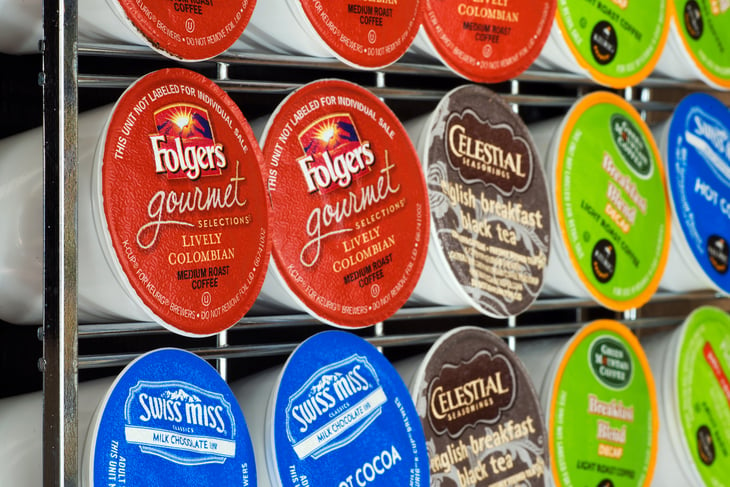
Controversy brews around the K-Cup coffee pods. Even if K-Cups are recyclable or compostable, how many people go through the trouble of recycling them, especially if they need to separate the top from the bottom?
Not many, say activists.
And even the plastic cups that are supposed to be “recyclable” are often sorted out and disposed of at recycling facilities, reported the Kansas City Star.
Ready to buy compostable K-Cups instead? Some aren’t readily compostable, and most people won’t compost them anyway, reported Fast Company.
Want to help eliminate plastic waste and save money? Just brew a pot of coffee.
5. Shop for secondhand toys
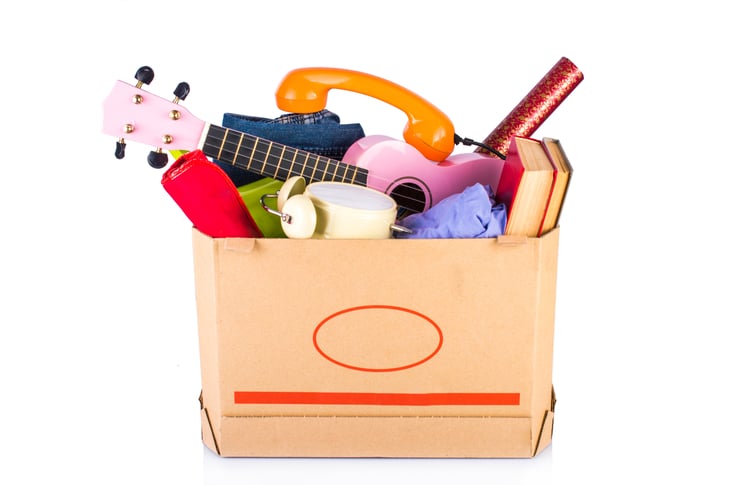
Of course, you want the best for your kids, but that doesn’t have to mean you have to buy everything new. Gently used toys — think balls, kids’ musical instruments — are often sold for bargain prices at garage sales. Buying them means you “recycle” the plastic that created them. Plus, you won’t be throwing away plastic packaging that encloses a new one.
Your child’s safety is vital, though, so make sure the toy isn’t broken, chipped or on a recall list. Parents magazine has some great guidelines on secondhand items that are safe for baby and older kids.
6. Say “no” to disposable cutlery and plates
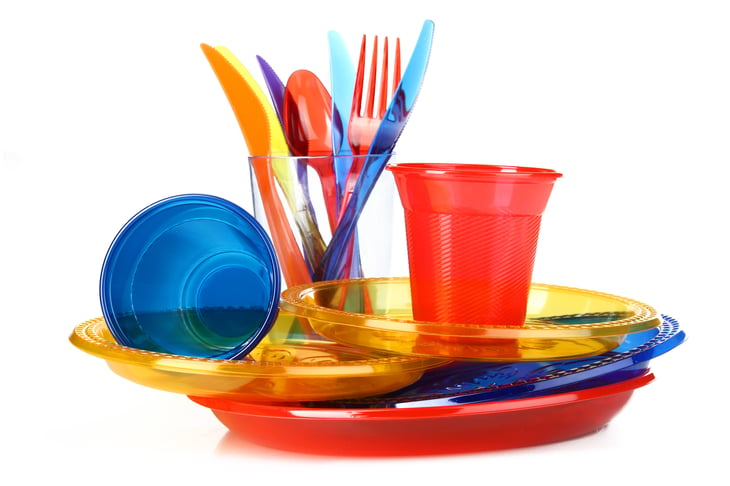
People discard 6 million tons of plastic and plastic-like knives, forks and plates each year, reported OneGreenPlanet. And most of that plastic ends up in oceans, landfills and ditches.
You can help reduce this waste by not buying plasticware. But what should you do when you go to a picnic or other event and the host uses plastics? Consider taking and using durable utensils, OneGreenPlanet recommended.
And don’t forget that disposable coffee cups are waste, too. Take a durable coffee mug with you when you plan to get coffee-on-the-go.
7. Don’t buy water in single-use bottles
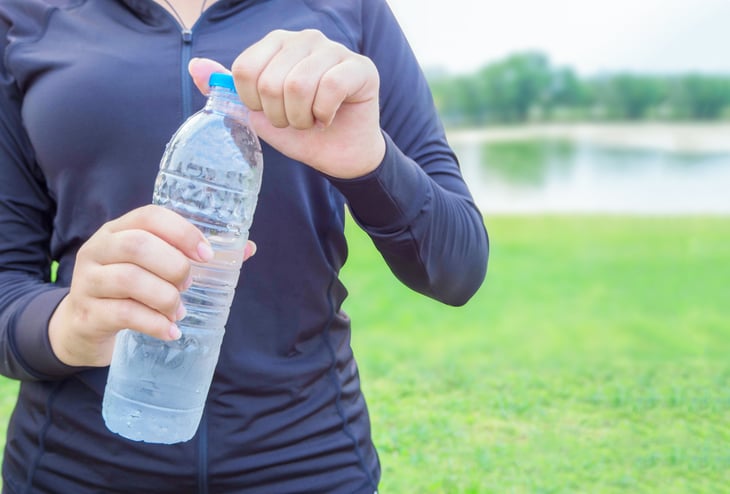
Yes, water is healthy, but the plastic bottles it’s sold in are not. Last year, the average American used about 167 disposable water bottles, but only recycled 38, reported Ban the Bottle. The environmental advocacy group argues that tap water is just as health and a whole lot cheaper:
The recommended eight glasses of water a day, at U.S. tap rates equals about $0.49 per year; that same amount of bottled water is about $1,400.
Buy a reusable water bottle (Ban the Bottle recommends Nalgene bottles) and fill it at home.
8. Reconsider single-serving food packaging
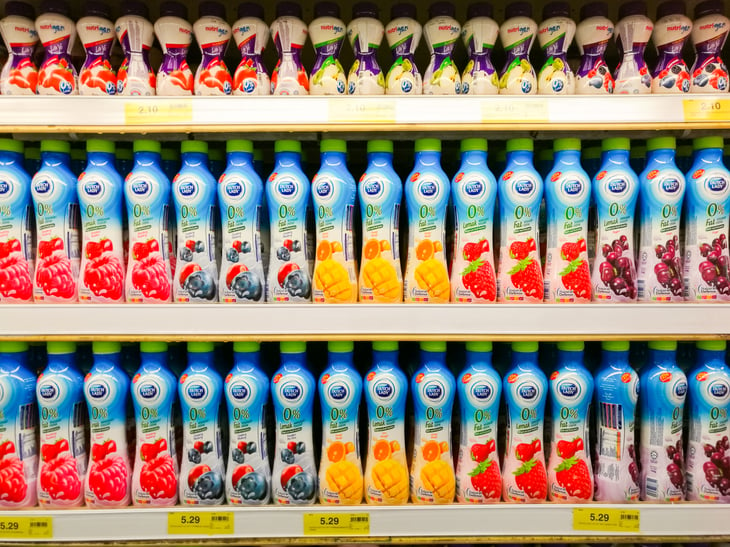
Single servings of yogurt, cereal or nuts are often convenient but sometimes wasteful. Don’t buy single-serving containers. Instead, buy large containers, recommended National Resources Defense Council.
It’s generally cheaper to buy in bulk anyway. You can always divide up the product into containers you have at home.
9. Recycle
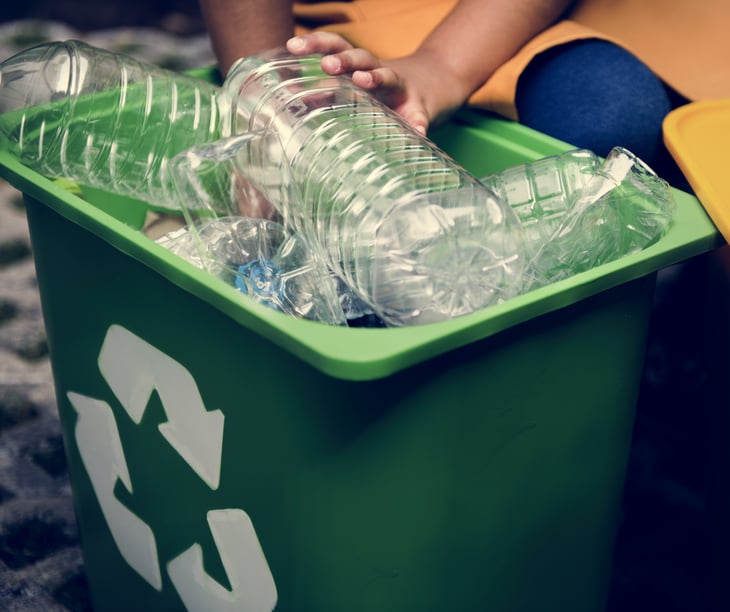
Recycling seems like another no-brainer, but 91 percent of plastic waste ends up not being recycled, according to National Geographic. Scientists quoted in the report predicted that by mid-century the oceans will contain more plastic than fish.
True, there are significant flaws in the recycling system as this NPR report lays out.
But trying to recycle is better than giving up on our planet.
What’s your approach to plastic waste? Share with us in comments below or on our Facebook page.




Add a Comment
Our Policy: We welcome relevant and respectful comments in order to foster healthy and informative discussions. All other comments may be removed. Comments with links are automatically held for moderation.